The cap of this mushroom is 7–30 cm (2.8–11.8 in) broad at maturity. Slightly sticky to touch, it is convex in shape when young and flattens with age. The colour is generally reddish-brown fading to white in areas near the margin, and continues to darken as it matures. The stipe, or stem, is 8–25 cm (3.1–9.8 in) in height, and up to 7 cm (2.8 in) thick—rather large in comparison to the cap; it is club-shaped, or bulges out in the middle. It is finely reticulate on the upper portion, but smooth or irregularly ridged on the lower part. The under surface of the cap is made of thin tubes, the site of spore production; they are 1 to 2 cm (0.4 to 0.8 in) deep, and whitish in colour when young, but mature to a greenish-yellow. The angular pores, which do not stain when bruised, are small—roughly 2 to 3 pores per millimetre. In youth, the pores are white and appear as if stuffed with cotton (which are actually mycelia); as they age, they change colour to yellow and later to brown. The spore print is olive brown. The flesh of the fruit body is white, thick and firm when young, but becomes somewhat spongy with age. When bruised or cut, it either does not change colour, or turns a very light brown or light red. Fully mature specimens can weigh about 1 kg (2.2 lb); a huge specimen collected on the Isle of Skye, Scotland, in 1995 bore a cap of 42 cm (16.5 in), with a stipe 18 cm (7.1 in) in height and 14 cm (5.5 in) wide, and weighed 3.2 kg (7.1 lb). A similarly sized specimen found in Poland in 2013 made international news.
B. edulis is considered one of the safest wild mushrooms to pick for the table, as few poisonous species closely resemble it, and those that do may be easily distinguished by careful examination. The most similar poisonous mushroom may be the devil’s bolete (Rubroboletus satanas), which has a similar shape, but has a red stem and stains blue on bruising. It is often confused with the very bitter and unpalatable Tylopilus felleus, but can be distinguished by the reticulation on the stalk; in porcini, it is a whitish, net-like pattern on a brownish stalk, whereas it is a dark pattern on white in the latter. Porcini have whitish pores while the other has pink. If in doubt, tasting a tiny bit of flesh will yield a bitter taste. It can also resemble the “bolete-like” Gyroporus castaneus, which is generally smaller, and has a browner stem. Boletus huronensis, an uncommon mushroom of northeastern North America, is another recognized look-alike known to cause severe gastrointestinal disorders.
The spores are elliptical to spindle-shaped, with dimensions of 12–17 by 5–7 um. The basidia, the spore-bearing cells, are produced in a layer lining the tubes, and arrange themselves so their ends are facing the center of the tube; this layer of cells is known technically as a hymenium. The basidia are thin-walled, mostly attached to four spores, and measure 25–30 by 8–10 um. Another cell type present in the hymenium is the cystidia, larger sterile cells that protrude beyond the basidia into the lumen of the hymenium, and act as air traps, regulating humidity. B. edulis has pleurocystidia (cystidia located on the face of a pore) that are thin-walled, roughly spindle-shaped to ventricose, and measure 30–45 by 7–10 um; the “stuffed” feature of the hymenium is caused by cheilocystidia—cells found on the edges of the pores. The hyphae of B. edulis do not have clamp connections.
Culinary uses
Boletus edulis, as the species epithet edulis directly implies, is an edible mushroom. Italian chef and restaurateur Antonio Carluccio has described it as representing “the wild mushroom par excellence”, and hails it as the most rewarding of all fungi in the kitchen for its taste and versatility. Considered a choice edible, particularly in France, Germany, Poland and Italy, it was widely written about by the Roman writers Pliny the Elder and Martial, although ranked below the esteemed Amanita caesarea.
sunt tibi boleti; fungos ego sumo suillos (Ep. iii. 60)
(“You eat the choice boletus, I have mushrooms that swine grub up.”)
wrote the disgruntled Martial when served suilli instead of boleti. The term suilli was also thought to encompass the related Leccinum scabrum.
The flavour has been described as nutty and slightly meaty, with a smooth, creamy texture, and a distinctive aroma reminiscent of sourdough. Young, small porcini are most appreciated by gourmets, as the large ones often harbour maggots (insect larvae), and become slimy, soft and less tasty with age. Fruit bodies are collected by holding the stipe near the base and twisting gently. Cutting the stipe with a knife may risk the part left behind rotting and the mycelium being destroyed. Peeling and washing are not recommended. The fruit bodies are highly perishable, due largely to the high water content (around 90%), the high level of enzyme activity, and the presence of a flora of microorganisms. Caution should be exercised when collecting specimens from potentially polluted or contaminated sites, as several studies have shown that the fruit bodies can bioaccumulate toxic heavy metals like mercury, cadmium, caesium and polonium. Bioaccumulated metals or radioactive fission decay products are like chemical signatures: chemical and radiochemical analysis can be used to identify the origin of imported specimens, and for long-term radioecological monitoring of polluted areas.
Porcini are sold fresh in markets in summer and autumn in Central and Southern Europe, and dried or canned at other times of the year, and distributed worldwide to countries where they are not otherwise found. They are eaten and enjoyed raw, sautéed with butter, ground into pasta, in soups, and in many other dishes. In France, they are used in recipes such as cèpes à la Bordelaise, cèpe frits and cèpe aux tomates. Porcini risotto is a traditional Italian autumn dish. Porcini are a feature of many cuisines, including Provençal, and Viennese. They are used in soups and consumed blanched in salads in Thailand. Porcini can also be frozen—either raw or first cooked in butter. The colour, aroma, and taste of frozen porcini deteriorate noticeably if frozen longer than four months. Blanching or soaking and blanching as a processing step before freezing can extend the freezer life up to 12 months. They are also one of the few mushroom species pickled and sold commercially.
Dried
Boletus edulis is well suited to drying—its flavour intensifies, it is easily reconstituted, and its resulting texture is pleasant. Reconstitution is done by soaking in hot, but not boiling, water for about twenty minutes; the water used is infused with the mushroom aroma and it too can be used in subsequent cooking. Dried porcini have more protein than most other commonly consumed vegetables apart from soybeans. Some of this content is indigestible, though digestibility is improved with cooking.
Like other boletes, porcini can be dried by being strung separately on twine and hung close to the ceiling of a kitchen. Alternatively, the mushrooms can be dried by cleaning with a brush (washing is not recommended), and then placing them in a wicker basket or bamboo steamer on top of a boiler or hot water tank. Another method is drying in an oven at 25 to 30 °C (77 to 86 °F) for two to three hours, then increasing the temperature to 50 °C (122 °F) until crisp or brittle. Once dry, they are kept in an airtight jar. Importantly for commercial production, porcini retain their flavour after industrial preparation in a pressure cooker or after canning or bottling, and are thus useful for manufacturers of soups or stews. The addition of a few pieces of dried porcino can significantly add to flavour, and they are a major ingredient of the pasta sauce known as carrettiere (carter’s sauce). The drying process is known to induce the formation of various volatile substances that contribute to the mushroom’s aroma. Chemical analysis has shown that the odour of the dried mushroom is a complex mixture of 53 volatile compounds.
Penny Bun Bolete Mushrooms Online
Original price was: $650.00.$478.00Current price is: $478.00.
The cap of this mushroom is 7–30 cm (2.8–11.8 in) broad at maturity. Slightly sticky to touch, it is convex in shape when young and flattens with age. The colour is generally reddish-brown fading to white in areas near the margin, and continues to darken as it matures. The stipe, or stem, is 8–25 cm (3.1–9.8 in) in height, and up to 7 cm (2.8 in) thick—rather large in comparison to the cap; it is club-shaped, or bulges out in the middle. It is finely reticulate on the upper portion, but smooth or irregularly ridged on the lower part. The under surface of the cap is made of thin tubes, the site of spore production; they are 1 to 2 cm (0.4 to 0.8 in) deep, and whitish in colour when young, but mature to a greenish-yellow.

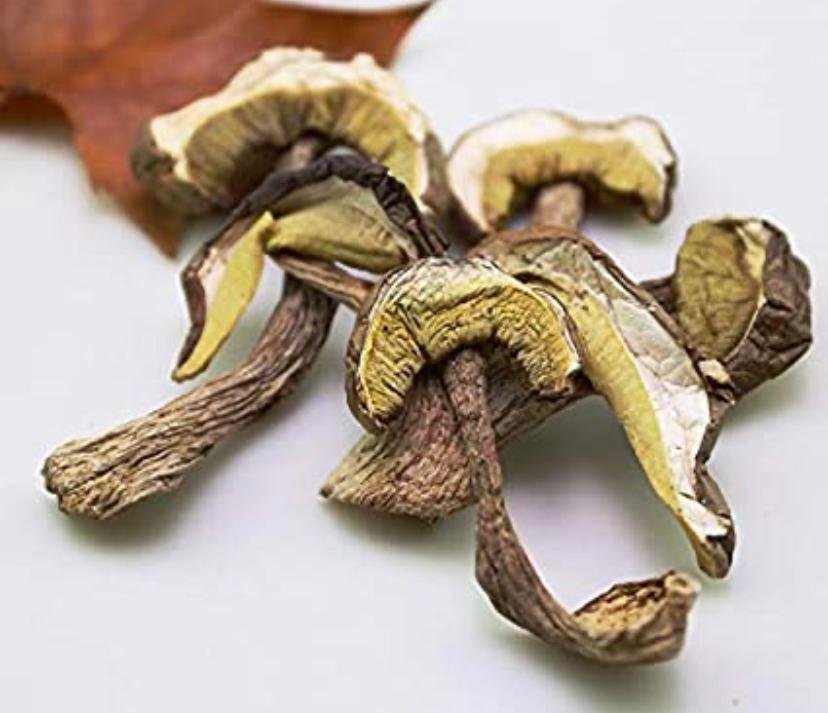
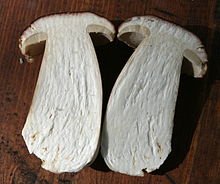
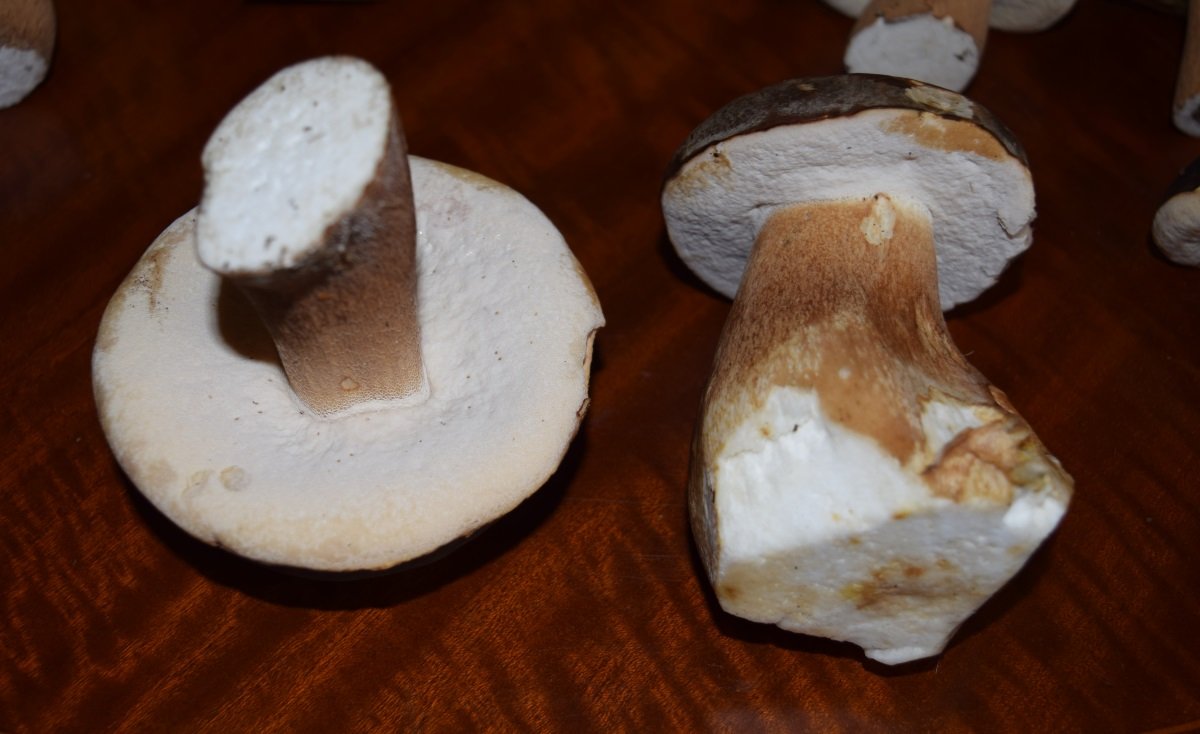



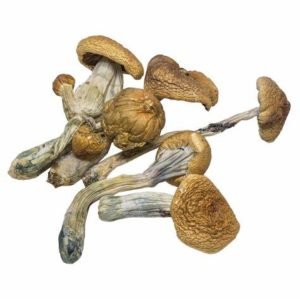
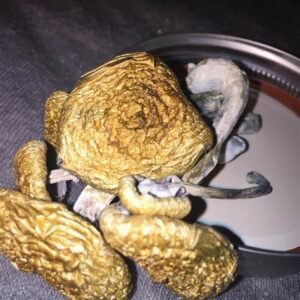
Reviews
There are no reviews yet.